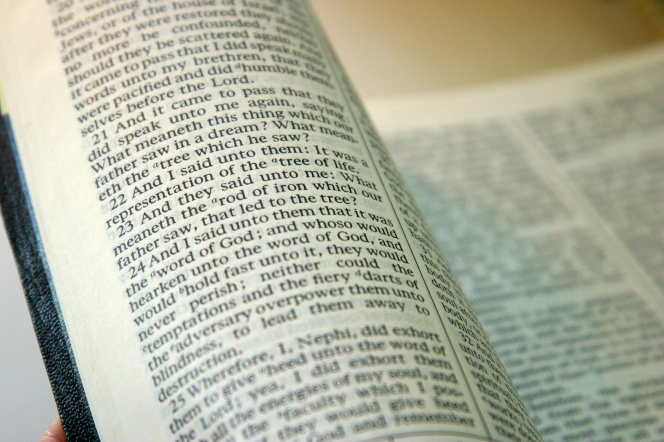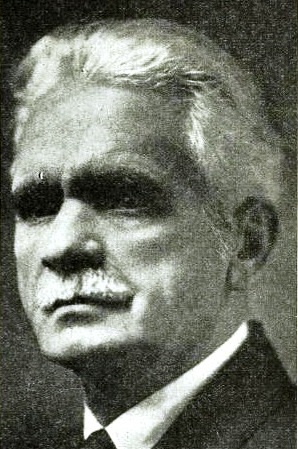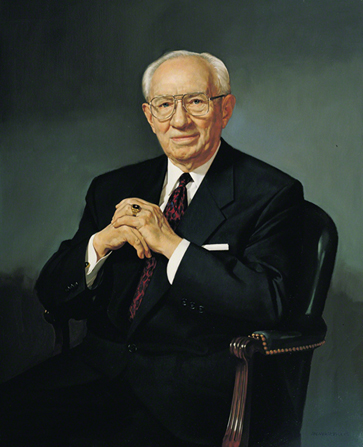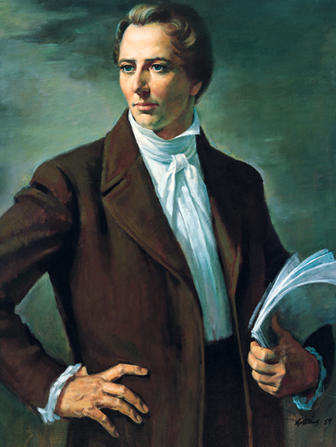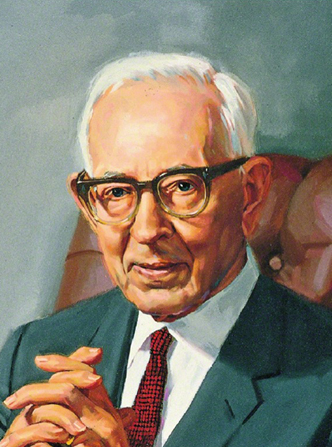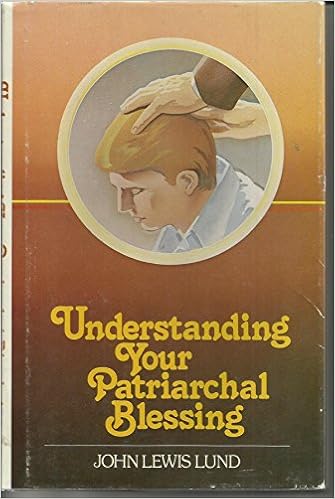 Very few copies
of these books exist, which has in turn made it desirable for those who can afford the one-thousand-dollars-plus price tag. [Editor's note: This was originally written 7 years ago. Amazon currently has it starting at $350.] The original printing was for
10,000 copies, but almost all of them were destroyed by the author at the
behest of church authorities. John Lund, a Church Educational System teacher,
received a call from Elder Mark E. Petersen, acting on behalf of the Quorum of
the Twelve and CES administration, and was asked not to distribute it. He
obediently took all but 20-30 copies to the dump, incurring a substantial
financial loss. The remaining copies were given to family and a few friends.
The rarity of the book quickly drove up the price till it has become one of the
priciest and prized modern-day collectible publications.
Very few copies
of these books exist, which has in turn made it desirable for those who can afford the one-thousand-dollars-plus price tag. [Editor's note: This was originally written 7 years ago. Amazon currently has it starting at $350.] The original printing was for
10,000 copies, but almost all of them were destroyed by the author at the
behest of church authorities. John Lund, a Church Educational System teacher,
received a call from Elder Mark E. Petersen, acting on behalf of the Quorum of
the Twelve and CES administration, and was asked not to distribute it. He
obediently took all but 20-30 copies to the dump, incurring a substantial
financial loss. The remaining copies were given to family and a few friends.
The rarity of the book quickly drove up the price till it has become one of the
priciest and prized modern-day collectible publications.
Reasons for
why Elder Petersen asked the author to destroy the book are believed to have
been related to the fact that it quoted from various patriarchal blessings and copious
portions of the Church’s official handbook for patriarchs, a confidential
copyrighted document. Also, as the title suggests, it contained material relating
to the understanding or interpretation of patriarchal blessings, a matter that
church leaders have counseled is between the individual receiving the blessing
and the Lord, with interpretation coming from inspiration.
Rumors that the book contained a
reference to patriarchal blessings being like fortune-telling or that it talked
about the patriarch to the Church too close to the time that particular
priesthood office was discontinued are evidently unfounded. Church Educational
System personnel are understandably held to stricter publication content standards
than other church members by virtue of their employment and position of
influence among fellow Latter-day Saints. People I know who know John L. Lund
speak of him with the highest regard and respect, believing him to be an
individual of sterling honesty, integrity, and spirituality.
